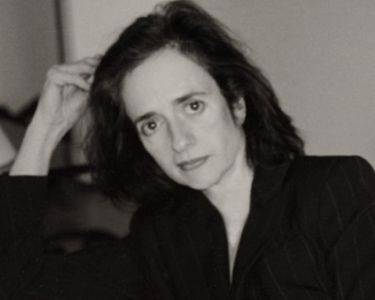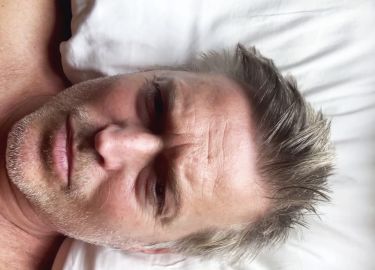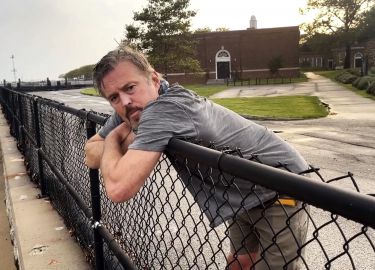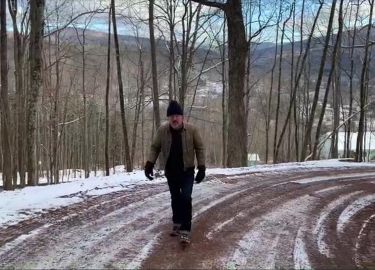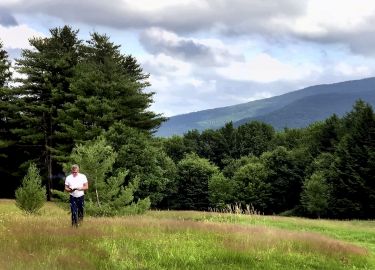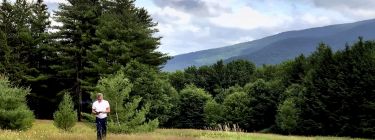
HOW WE LIVE TOGETHER
Founder and Creative Director of Streaming Museum, New York
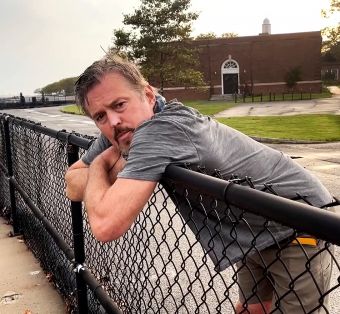
HOW WE LIVE TOGETHER – Artistic ways of understanding community, individuality, spaces, and rhythms of life for possible futures.
Four short films by Anne Katrine Senstad created in collaboration with Actor Bill Sage. 1
In a critical look at the human condition in current world affairs, filmmaker Anne Katrine Senstad suggests that a healthy value system has been disenfranchised and replaced by what the French philosopher Jean Baudrillard (1929-2008) called a simulacra—a postmodern imitation of reality, consumerism, and predatory systems. Senstad with actor Bill Sage express these theories in the films which were produced remotely along with sound producer JG Thirwell, within the confines of isolation during the pandemic. Senstad and Sage sharpen our understanding of today’s crisis to embark successfully to rebuild a better world.
Anne Katrine Senstad is a New York-based Norwegian artist. Her international practice lies in the intersections of installation art, photography and video, immersive installation art, and site specificity, with a focus on the phenomena of perception and ethics. Her sociopolitical projects engage in gender politics, community and critical philosophy through text and film.
Bill Sage is an American actor who has appeared in over 120 films, TV and stage productions. Throughout his career, Sage has been a champion for diversity and equality in the film industry. He has made a point of working with female Directors, Writers and Producers. Select film and TV performances include American Psycho, The Insider, Boardwalk Empire, and Hap & Leonard.
JG Thirlwell, is a sound producer and composer based in Brooklyn, NY. The state of the art sound for “How We Live Together” has been mastered by Thirlwell for an enhanced and dimensional experience of the actors performance. He has released over thirty albums and creates the musical score for the Emmy-winning FX show Archer, and the Adult Swim / Cartoon Network show The Venture Bros. foetus.org.
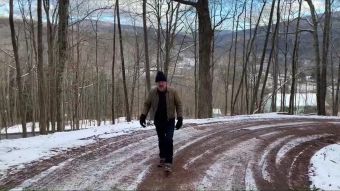
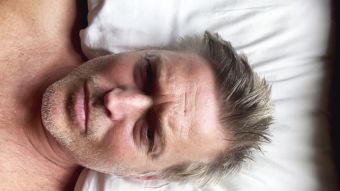
UTOPIE/UTOPIA (2020)
UTOPIE/UTOPIA (2020) theorises that tolerant co-habitation is a place of utopia, and reflects on ways of understanding community and individuality, societal and political systems, and solitude and the degree of contact necessary for individuals to exist and create at their own pace. Anne Katrine Senstad’s film explores the nuances of French philosopher Roland Barthes’ (1915-1980) term “idiorrhythmy”—a productive form of living together in which one is autonomous yet recognises and respects the individual rhythms of others.
In Senstad’s first film in the series of four, exploring Barthes text “UTOPIE/UTOPIA” from his 1977 book How To Live Together, acclaimed actor Bill Sage, in a personal and evocative monologue performance, assumes the character of Barthes in the creative process of preparation for his University lecture series of four decades ago. Set in the context of our contemporary world that is gripped by societal and political crises amplified by the 2020 pandemic, Sage’s character explores various forms of solitude through Barthes’ contemplations on history, psychology and societal structures. Barthes’ text concludes that our “Sovereign Good” is a form of tactful cohabitation and that an inner state—the state of tolerance—is a place of utopia.
MÔNOSIS/MONOSIS
Barthes contemplates the human monastic state—solitude, the isolated self, and seeks to identify the problem of separation, from community and from our internal unification as an aspect of iddiorhythmic Living-Together. Within societal structures, to be alone is construed as a punishment. However, in the place of utopic unity, the individual searches for a state of peaceful tolerance as distanced cohabitation.
MARGINALITÉS/MARGINALITIES
Those who live on the margins or who react to violence and oppression created by power are the source of intense social anxiety and considered dangerous—until they can be controlled and conform to society’s norms. The margins, however, are also a place of power, one which is untouchable and a form of a holy state. The isolated state on the margins is the creative space in which Barthes examines liberation.
XÉNITEIA/XENITEIA
The fourth chapter reflects on notions of exile and the displacement of peoples—politically, psychologically and due to climate change. The idea of being an outcast from ones home and not belonging o a community—to be ‘in the world but not of the world’. We are ultimately alone, exiled within the world and from ourselves. Barthes interweaves states of inner displacement and nostalgia—ultimately sentiments of isolation.
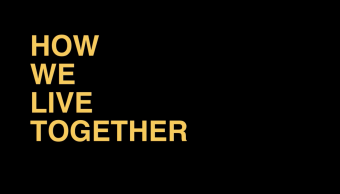
watch how we live together
An Exclusive Online Screening was presented October 31-November 15, 2021 at StreamingMuseum.org. The link below will lead to excerpts from each of the 4 short films by Anne Katrine Senstad, that were created during the pandemic in collaboration with acclaimed American actor Bill Sage and audio produced by JG Thirlwell.
Click here and enjoy watching: https://www.streamingmuseum.org/anne-senstad-how-we-live-together
Sources
1 This article is presented by Nina Colosi, founder of Streaming Museum and co-producer of the special UN 75th anniversary issue of the publication CENTERPOINT NOW, “Are we there yet?” A version of this article entitled „UTOPIE/UTOPIA“ appears in the publication. Copyright 2020, World Council of Peoples for the United Nations.
All pictures are film stills. Copyright by Anne Katrine Senstad & Bill Sage
Nina Colosi
Founder and Creative Director of Streaming Museum, New York
Nina Colosi is the founder and creative director of NYC-based Streaming Museum, launched in 2008 as a collaborative public art experiment to produce and present programs of art, innovation and world affairs. Streaming Museum programs have been presented on 7 continents reaching millions in public spaces, at cultural and commercial centers and StreamingMuseum.org. Following her early career as an award-winning composer she began producing and curating new media exhibitions and public programs internationally, and in New York City for The Project Room for New Media and Performing Arts at Chelsea Art Museum, Digital Art @Google series at Google headquarters, and many other collaborations. In 2020 Colosi co-produced Centerpoint Now “Are we there yet”, the UN 75th anniversary issue of the publication of World Council of Peoples for the United Nations.
Picture: © Jacqueline C. Bates
